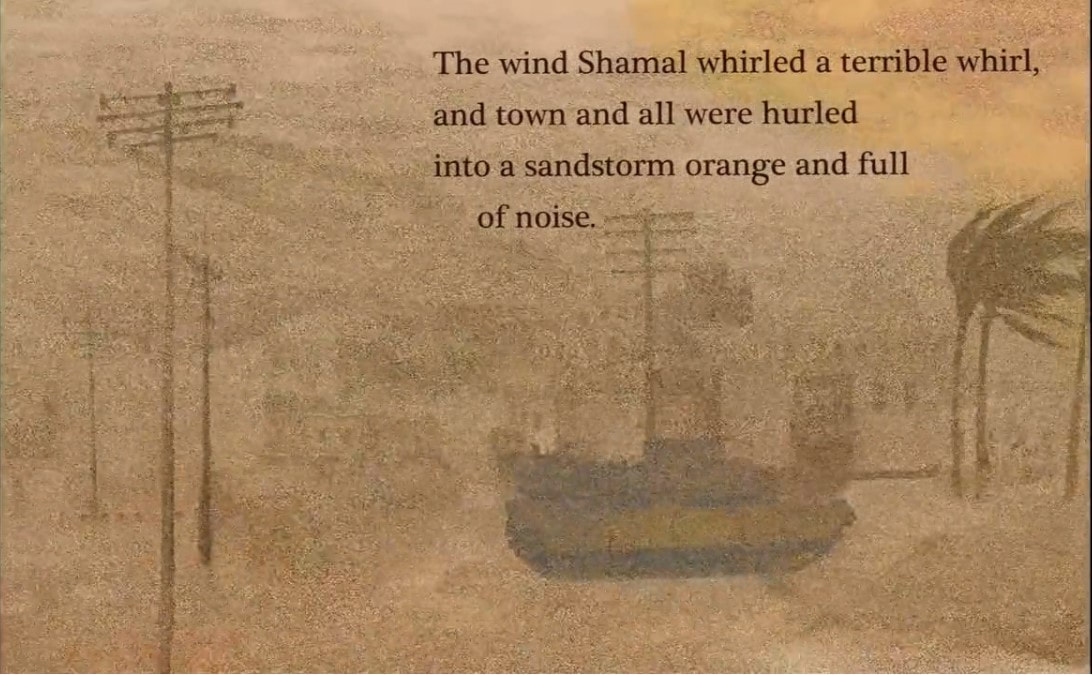|
There is a lot of confusion about who is an Arab American author and/or illustrator these days. While there is a demand for diverse books from the Middle East and North Africa (MENA) that specifically focus on the Arab culture, food, and people, the supply of books that are available is very small. It does not help when libraries create lists of Arab authors/illustrators and include authors who are not Arab or Arab American. For example, the Millkin Library in Decatur, Illinois, has a list of “Children's Literature: Arab/Arab-American” however the very first book listed has neither an Arab or Arab American author nor illustrator. Also if one looks on the list further, one notices that the Arab and Arab American authors/illustrators on the list are fewer than those who are not. This is a very common problem as my own library organization, King County Library System, in Seattle, Washington, also has an Arab American list for "Celebrating Arab American Heritage Month", held in April, that includes authors/illustrators who are not Arab or Arab American. This makes it hard for parents and teachers who want to share about Arab culture to know what books are available. It also does not help when non Arab authors portray the Arab culture in such a negative light. For example, in the picture book Silent Music, the protagonist, an Iraqi boy, finds it easier to write the word for war than for peace. And in the book The Day Saida Arrived, the Arabic word for Saida is written in the book incorrectly. And finally, in the book A Boy Asked the Wind the entire Middle East is depicted as one war zone. To be a part of the Arab culture, the author/illustrator could be Muslim, however there are millions of Arabs who are Christian or Jewish, and millions more who are not religious at all. Further, an author/illustrator who is Muslim, isn't necessarily Arab since there are many Muslims who are not Arab. The author/illustrator must originate from the 22 countries that are in the Middle East and North Africa (MENA) region, regardless of their religion. These countries are Algeria, Bahrain, the Comoros Islands, Djibouti, Egypt, Iraq, Jordan, Kuwait, Lebanon, Libya, Morocco, Mauritania, Oman, Palestine, Qatar, Saudi Arabia, Somalia, North Sudan, Syria, Tunisia, the United Arab Emirates, and Yemen. All of them, with the exception of Syria, also belong to the Arab League. The other two factors that determine if someone is an Arab is geologically their ancestry is linked to the Arabian Peninsula and they may speak a Semitic language.
I have a post on my blog, A Crafty Arab, that lists books not written by Arabs and also include a list of books that are written by Arabs. Please ask your librarians to stock more Arab children's books that are historically accurate, are not full of stereotypes, depict the Arabic language in the correct way, and also encourages monetary resources to go directly to authors/illustrators who are telling their authentic stories.
Tresor
8/4/2023 05:07:23 am
Hello everyone, I was interested in learning how to start a business, and here https://www.voypost.com/ I got help. Your digital products should blend in with existing systems and processes within the organization. Integration challenges can impede the adoption of new technology and impede growth , so spend money on compatible solutions that complement your current infrastructure. Comments are closed.
|
We are so excited to be mixing things up at CBA, beginning with some delicious additions to the Blogfish. Meet our awesome bloggers!!
Here's our lineup: 1st Mondays begin with former school psychologist Dr. Debra Collins who will be writing about Social emotional Learning in kidlit and behind the scenes as well as Jewish children's books. 2nd Mondays will feature super smart Melissa Stoller whose career is taking off with several new books. 3rd Mondays will feature our new blogger coming soon. 4th Mondays features new blogger, the fabulous Brentom Jackson, who has a beautiful approach to blogging. And 5th Mondays we'll be taking a break Archives
July 2024
|
|
Discover
|
About Us
|
Join Us
Join our Community and receive a fabulous free gift, KidLit tips, newsletters, scholarship info, contests, and more!
Join our KidLit Mentorship |
Social Media
Interact with our FaceBook Group or follow us on:
|
© 2010-2024 All content on this website is copyrighted. Sorry, all courses are non-refundable.

 RSS Feed
RSS Feed
